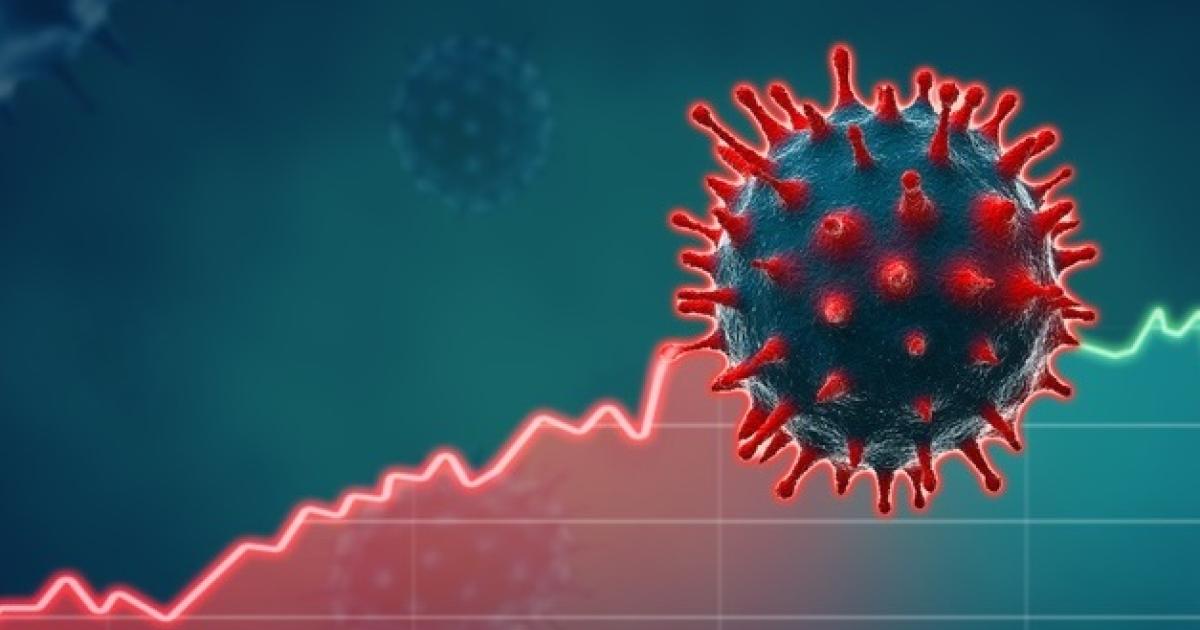

Researchers from the HSE Faculty of Economic Sciences have proposed a mathematical model that describes the course of the COVID-19 pandemic, taking into account the restrictions applied in different countries. The model will help governments make reasonable and timely decisions on introducing or lifting restrictions. The paper was published in Eurasian Economic Review.
In 2020, the coronavirus pandemic showed the world that our understanding of the spread of infectious diseases and the effectiveness of implemented policies is limited. The first countries to experience disease outbreaks did not have any similar examples they could draw on to fight the pandemic. Precise and reliable models that describe the spread of infection and the consequences of various restrictions would help governments make better decisions.
The basic model usually used to describe the development of epidemics includes the shares of people who are healthy, infected and recovered. It has modifications that can be applied to diseases that do not provide permanent immunity, as well as long pandemics (over a year), for which birth and mortality rates are important. But all of these are poorly suited to forecasting the coronavirus pandemic—they do not account for restrictions, which can strongly impact the results of the calculations. The authors of the paper have proposed a model capable of predicting the length and severity of infection waves in countries with different COVID-19 prevention policies.
The authors based their model on the Lotka-Volterra model, which was developed in 1925–1926 to describe the interaction of two biological roles: predator and prey. The researchers adapted it to predict the distribution of a disease: the variable responsible for the number of prey was used to describe the share of the population available for infection, while the infected function as predators. The speed at which the share of healthy people decreases depends on the effectiveness of containment measures, while the growth of the share of infected depends on the scale of the pandemic, the share of those who have not been infected, the strictness of restrictive measures, and the probability of infection during the pandemic’s decline.
The model was validated using data on the 2014–2015 Ebola virus epidemic. It successfully calculated the total number of infected and the peak of infection (the day with the highest number of new cases). The model was then applied to the COVID pandemic. To do so, the researchers compiled a database on the number of registered cases on each day of the first half of 2020 for 20 member countries of the World Health Organization, as well as on containment policies implemented by the governments of these countries. Then, they compared the results of the calculation to real-life data and determined the reasons for any deviations.
The data collected also allowed them to test several hypotheses. For example, for most observed countries, the severity of the second wave of the pandemic directly depended on the speed at which restrictions were lifted. This correlation turned out to be particularly strong in countries where the daily number of new cases was approaching zero and the authorities started to lift restrictions quickly (Serbia, Czech Republic, Bosnia and Herzegovina, Romania). One notable example is China, where the level of restrictive measures had been high before the pandemic eased, which led to a considerable decrease in its lethality. On the other end of the spectrum is the USA, which demonstrated a variety of attitudes towards self-isolation policies, resulting in severe consequences during the early stages of the spread of the disease.
‘Our estimates demonstrated that active policies to prevent the spread of COVID do correlate with a decrease in the number of infections. During the study, we also saw that specific social aspects and factors, particularly social habits, seriously impact the effectiveness of containment measures,’ said Alexander Karminsky, co-author of the study and Research Professor at the HSE Faculty of Economic Sciences.
The model helps understand whether restrictions can be lifted at a given moment or whether it is too early to do so. The authors emphasize that the model was developed during the pandemic, when many things (such as the severity of the third and subsequent waves) remained unknown. New data may impact the results and conclusions, but the model serves as a strong foundation for future research.

